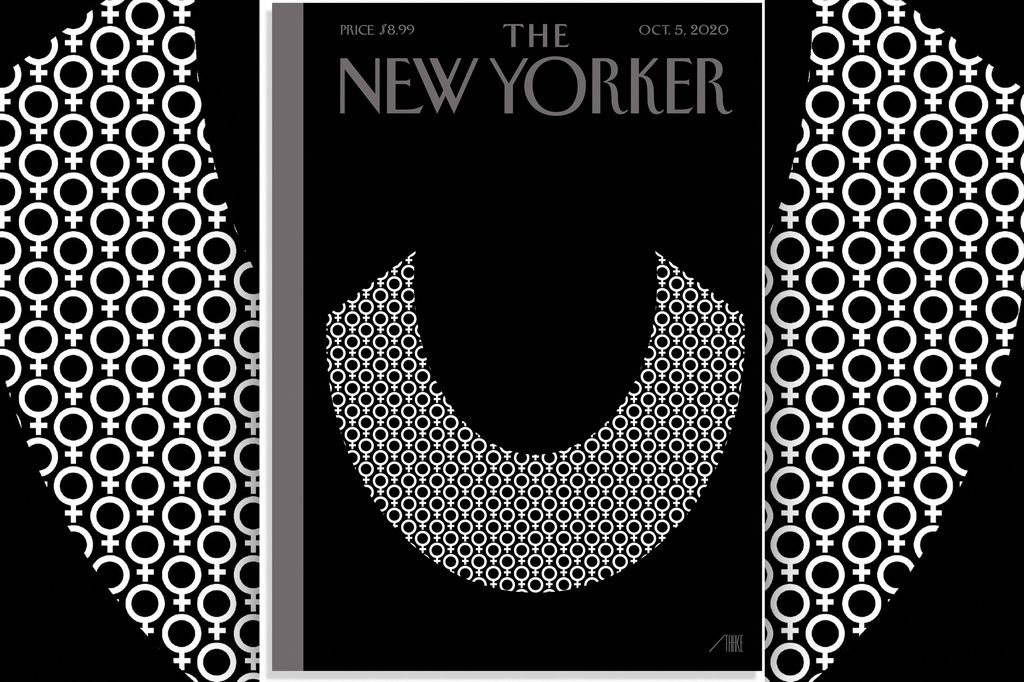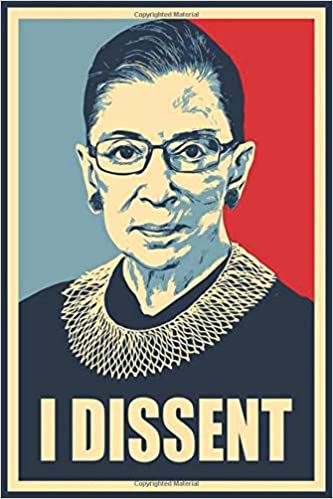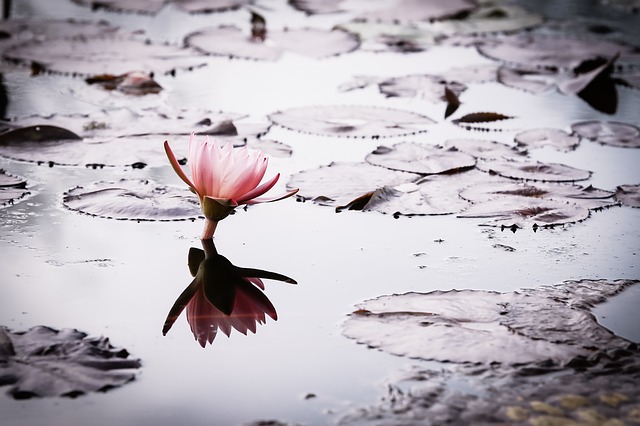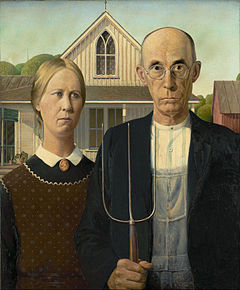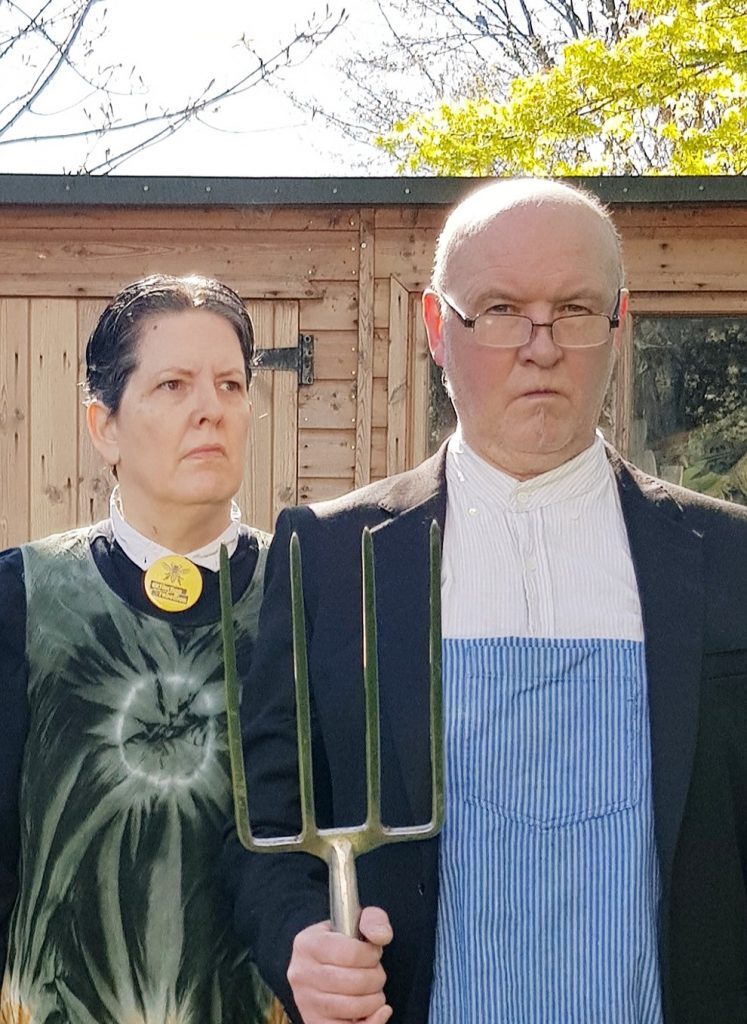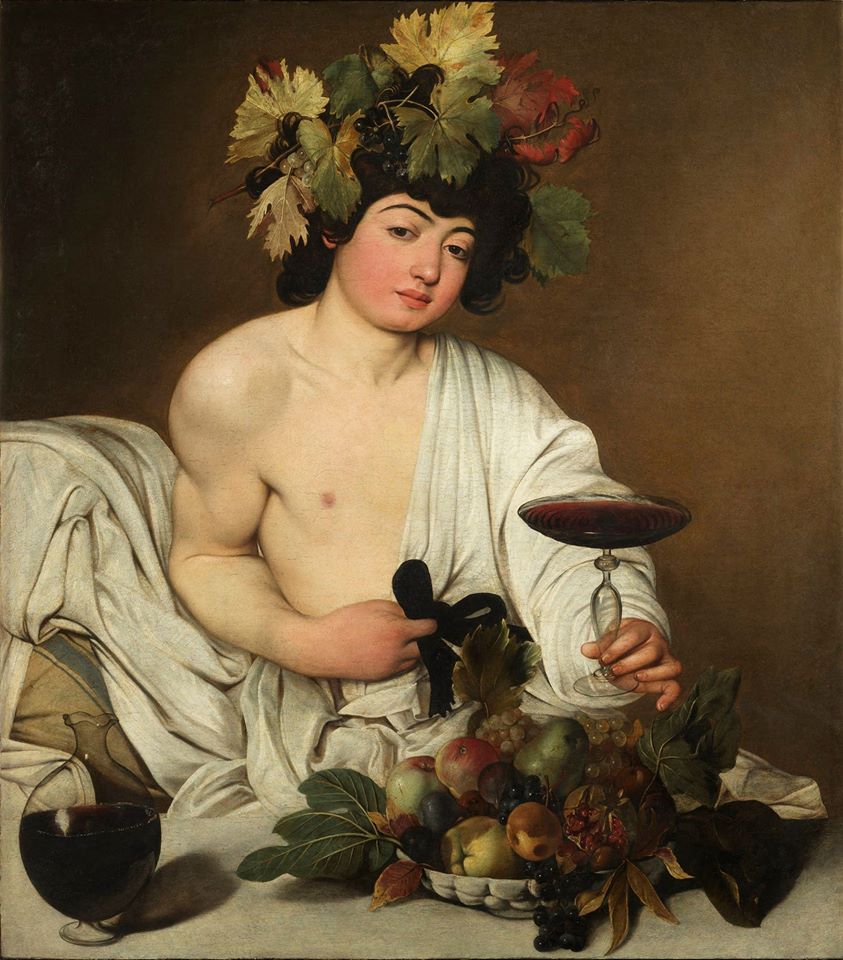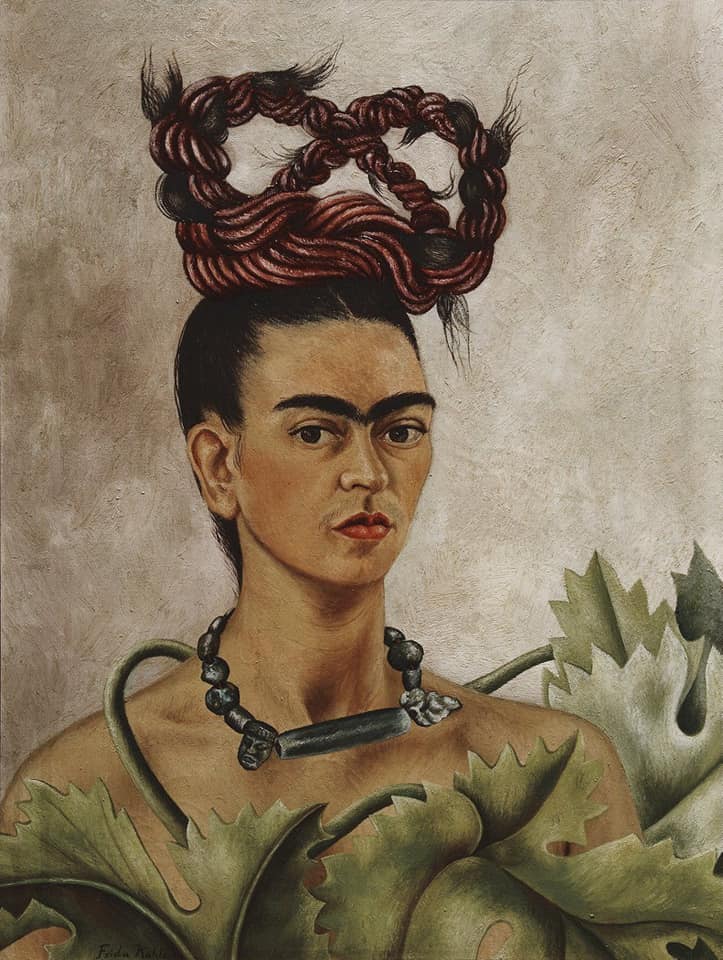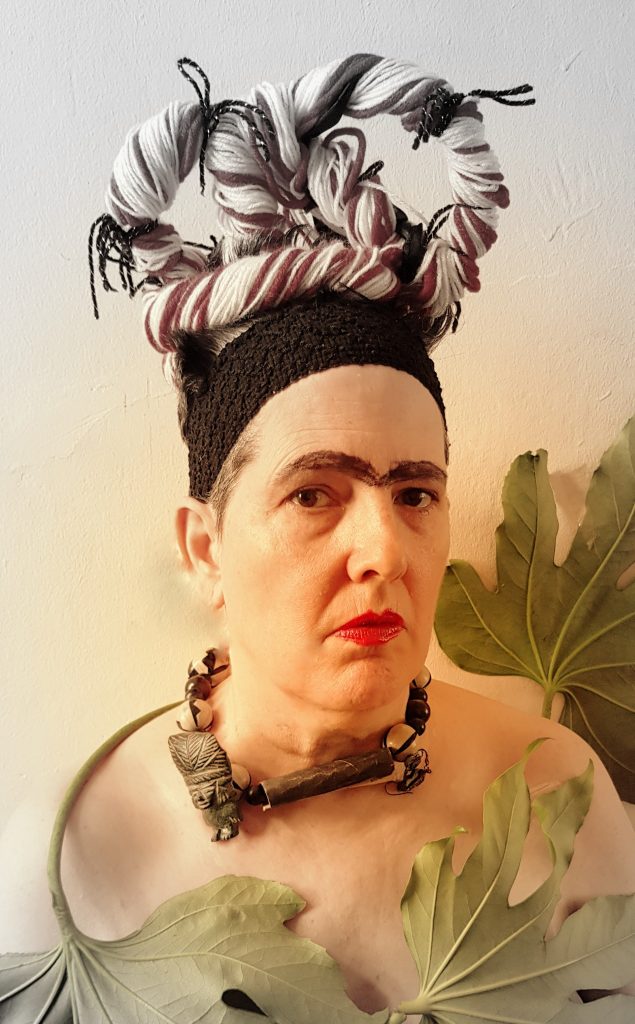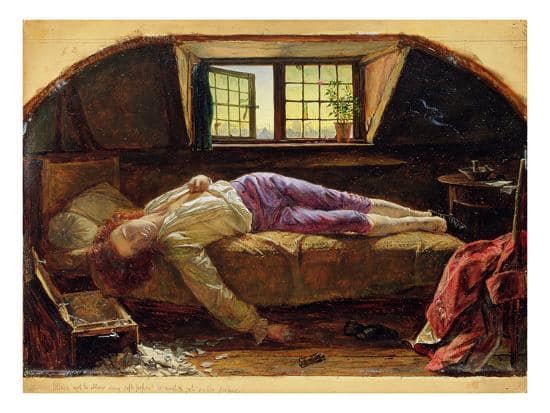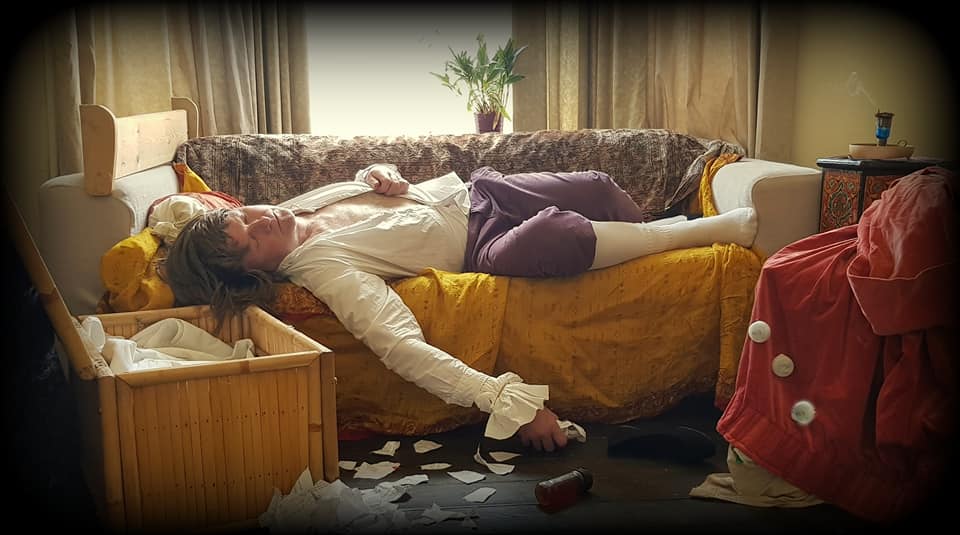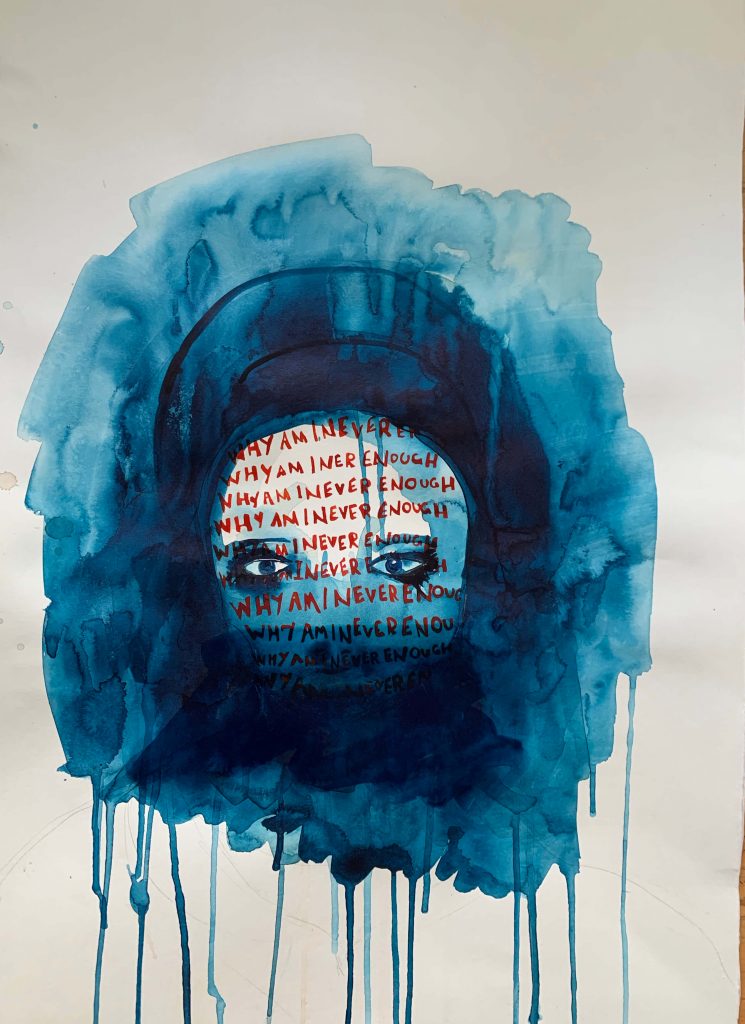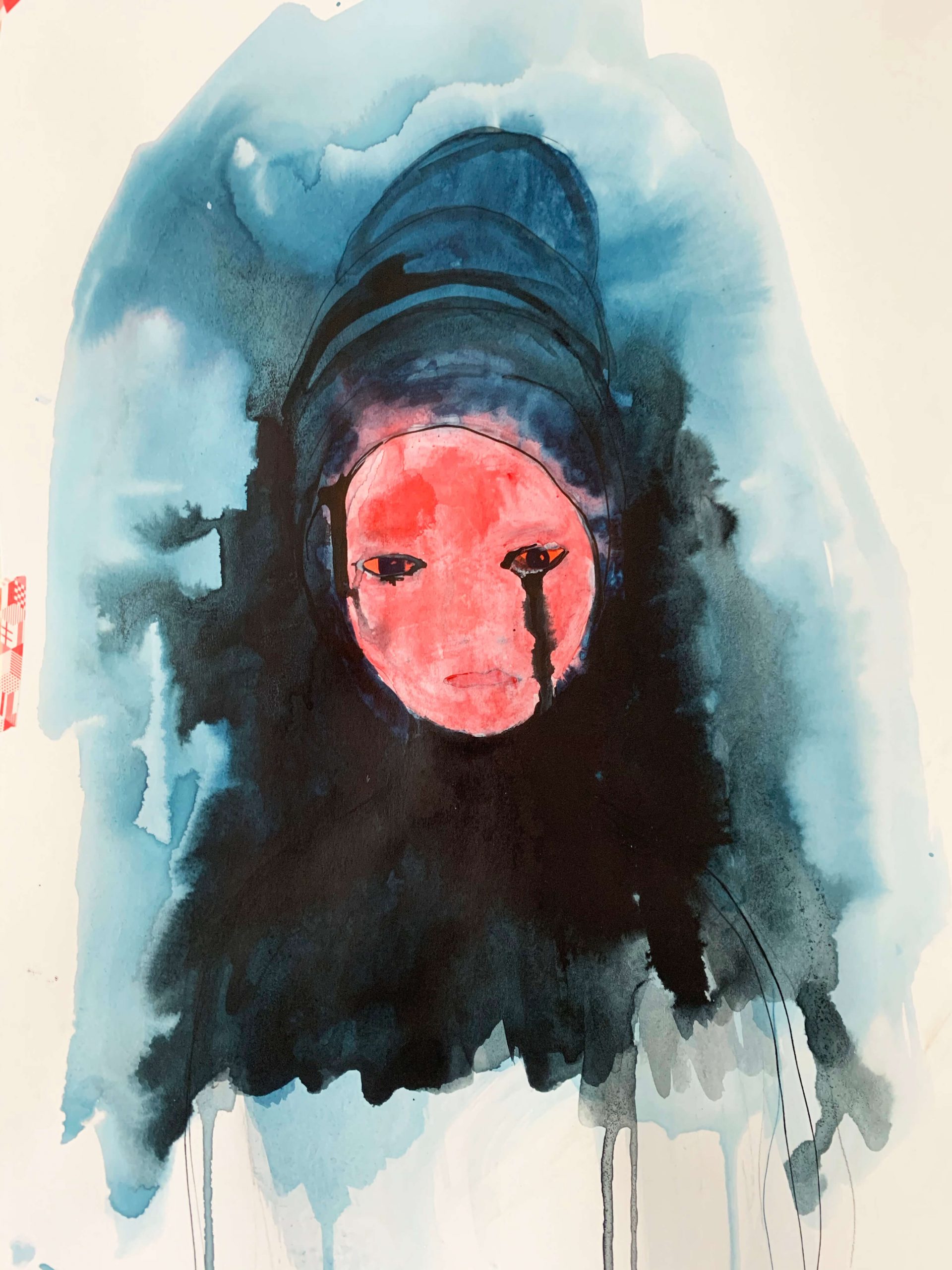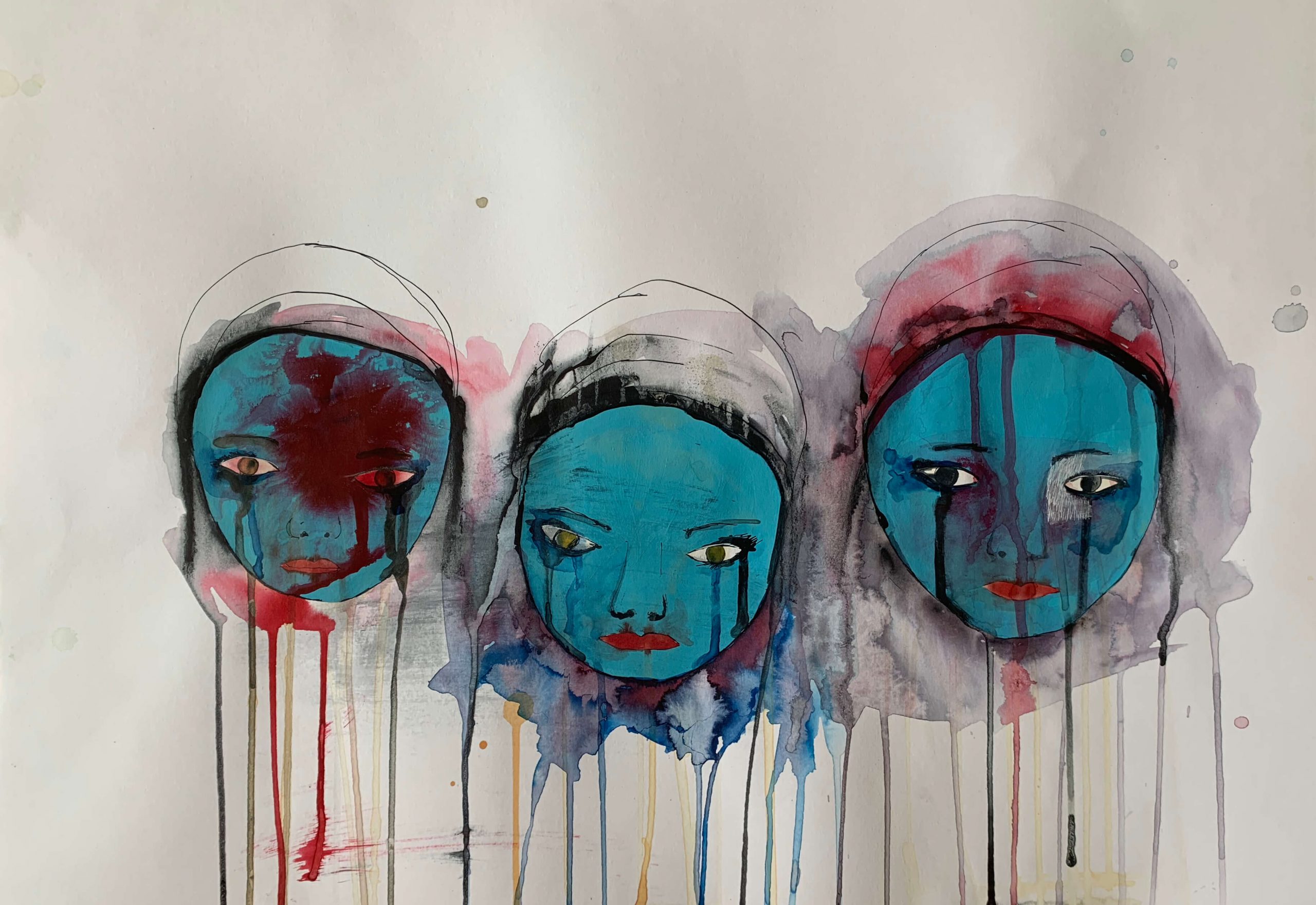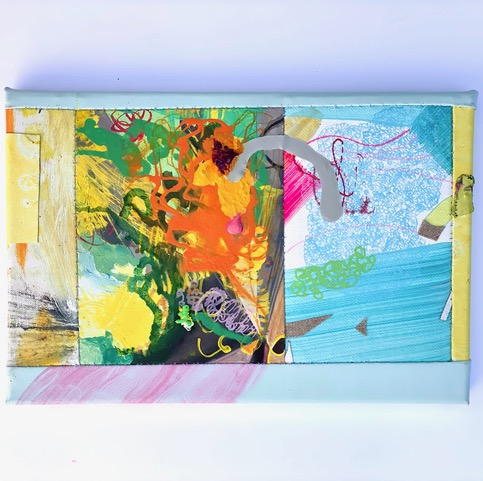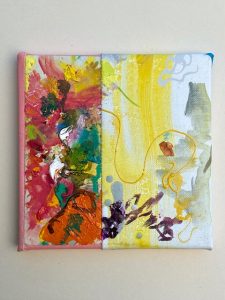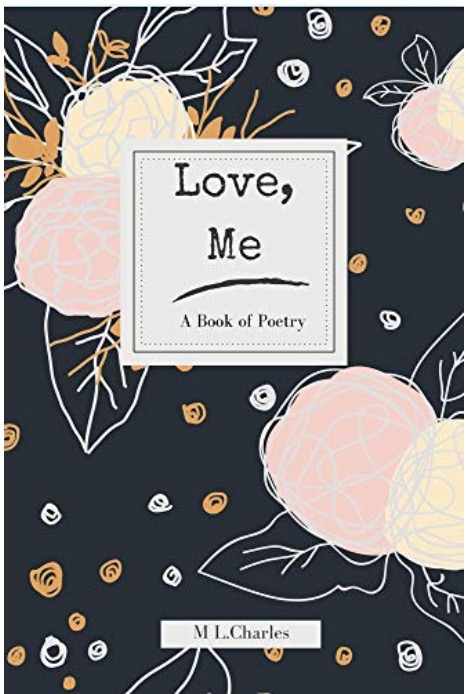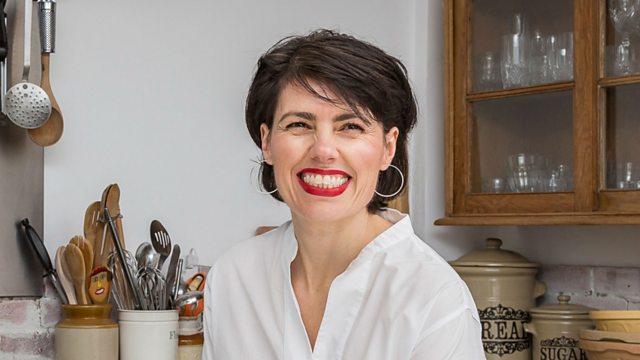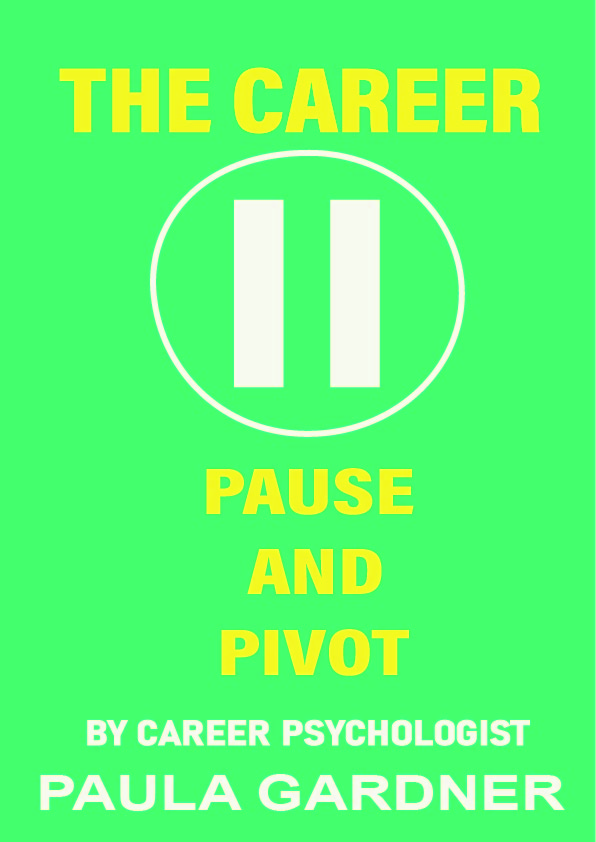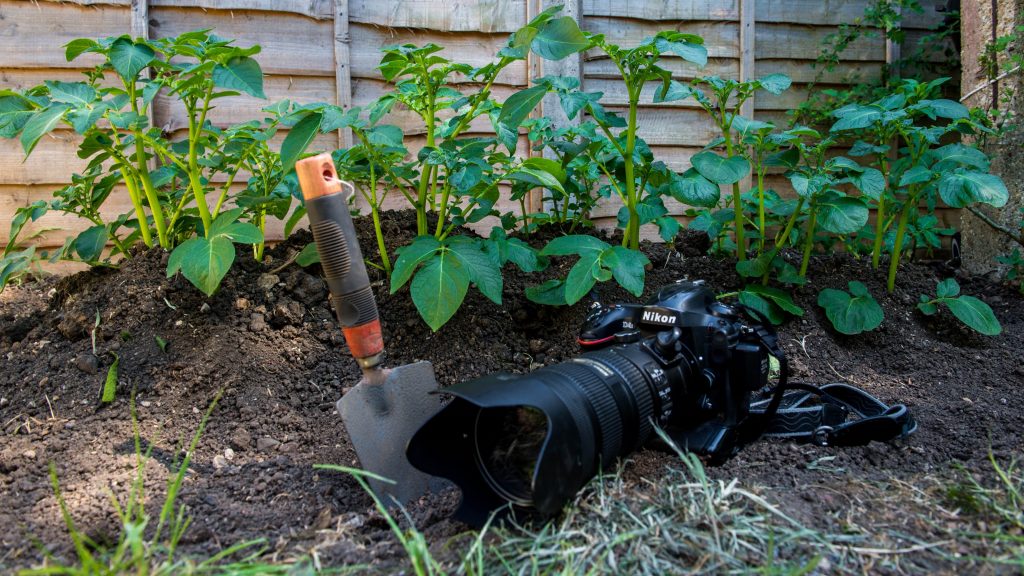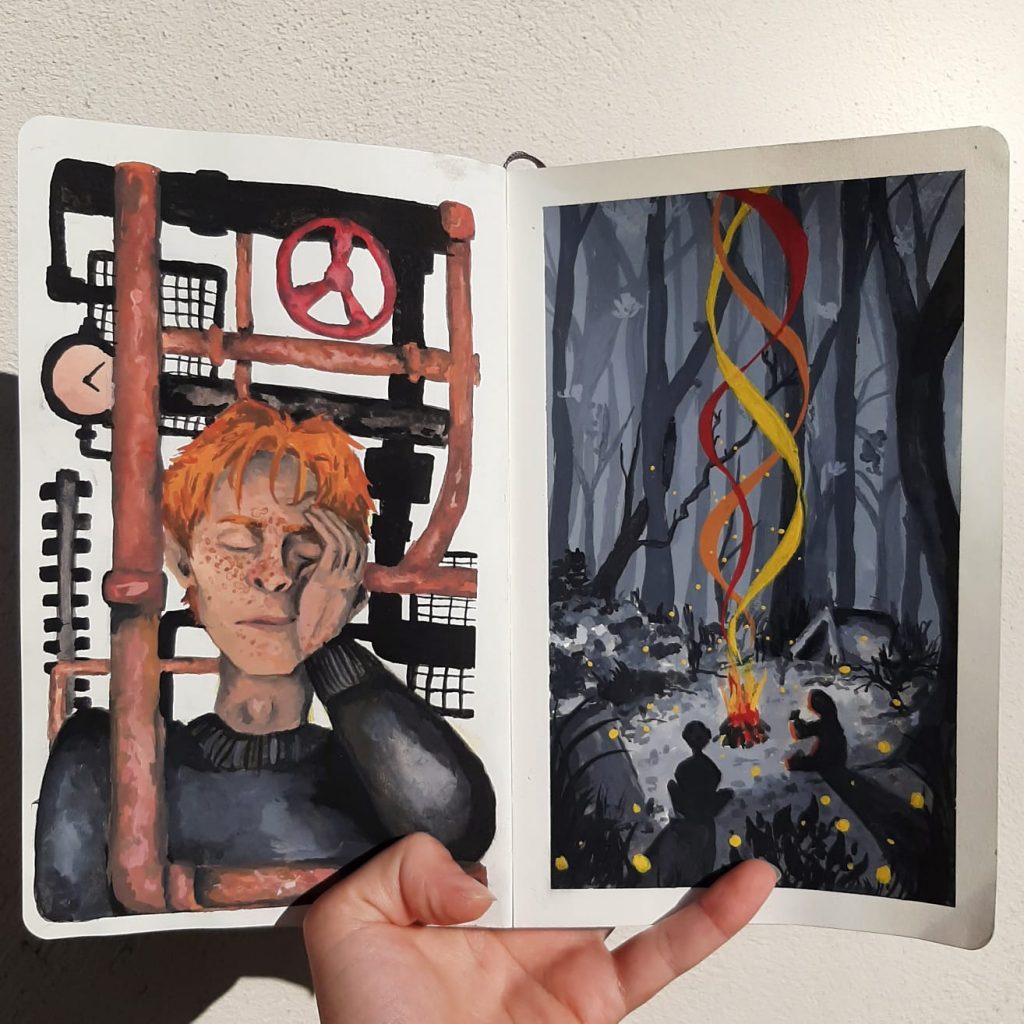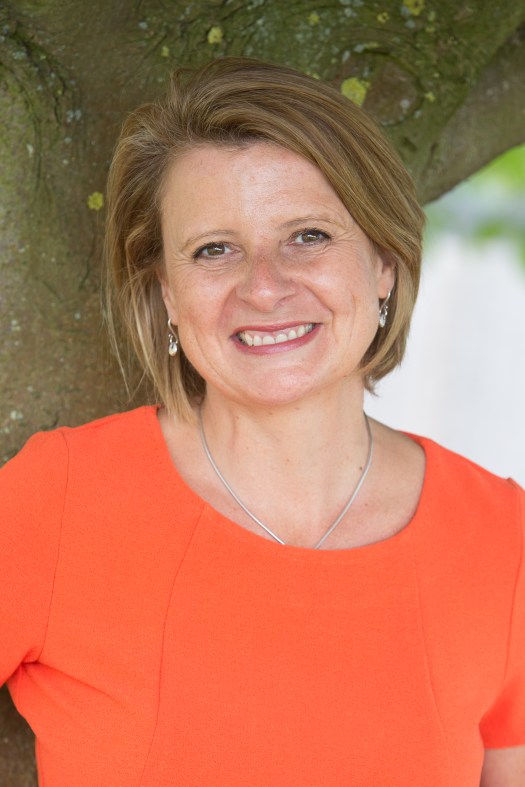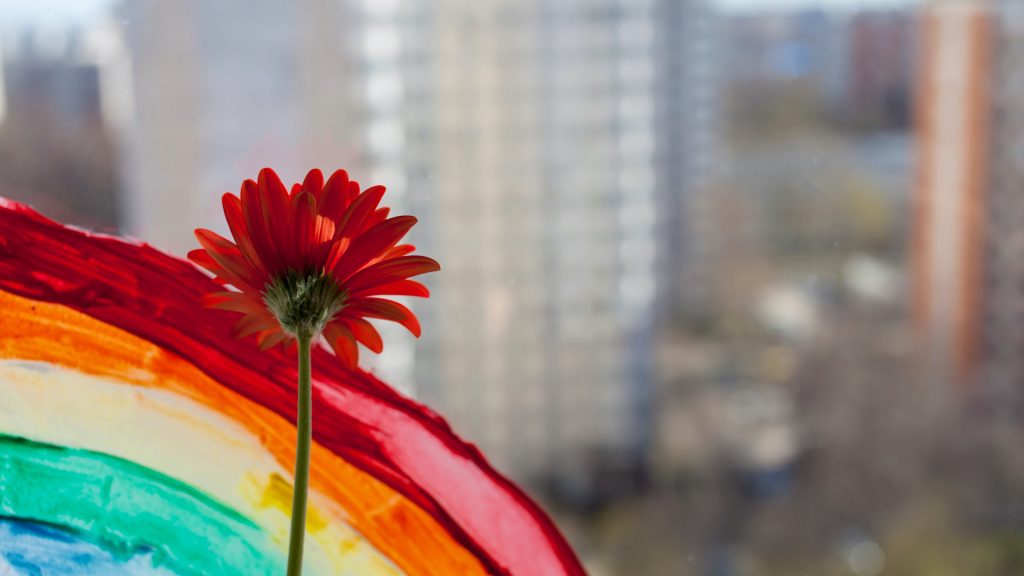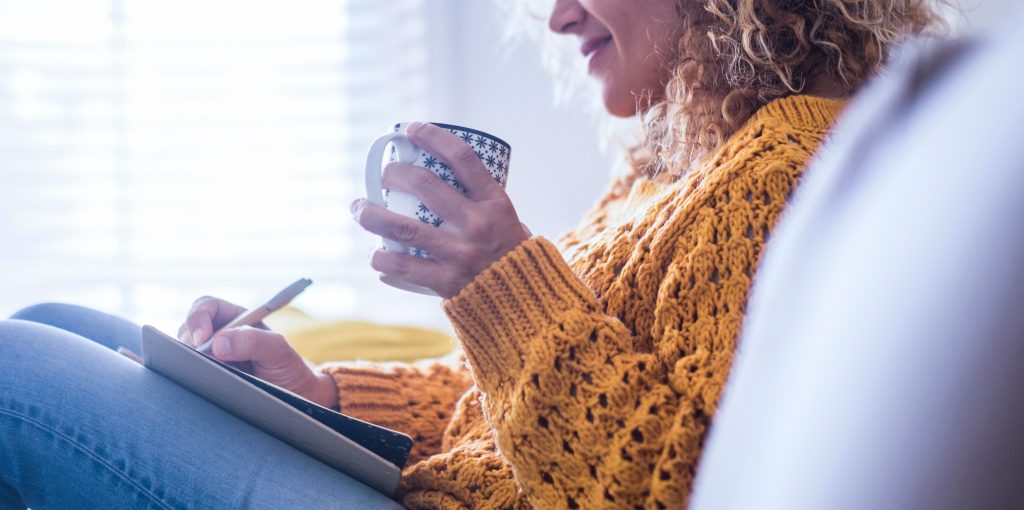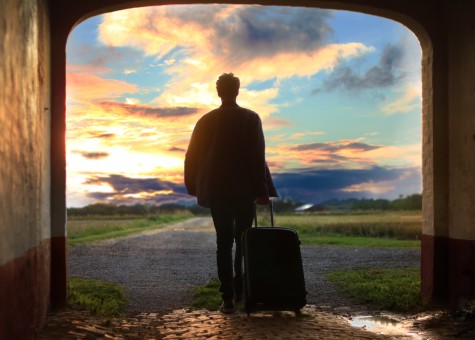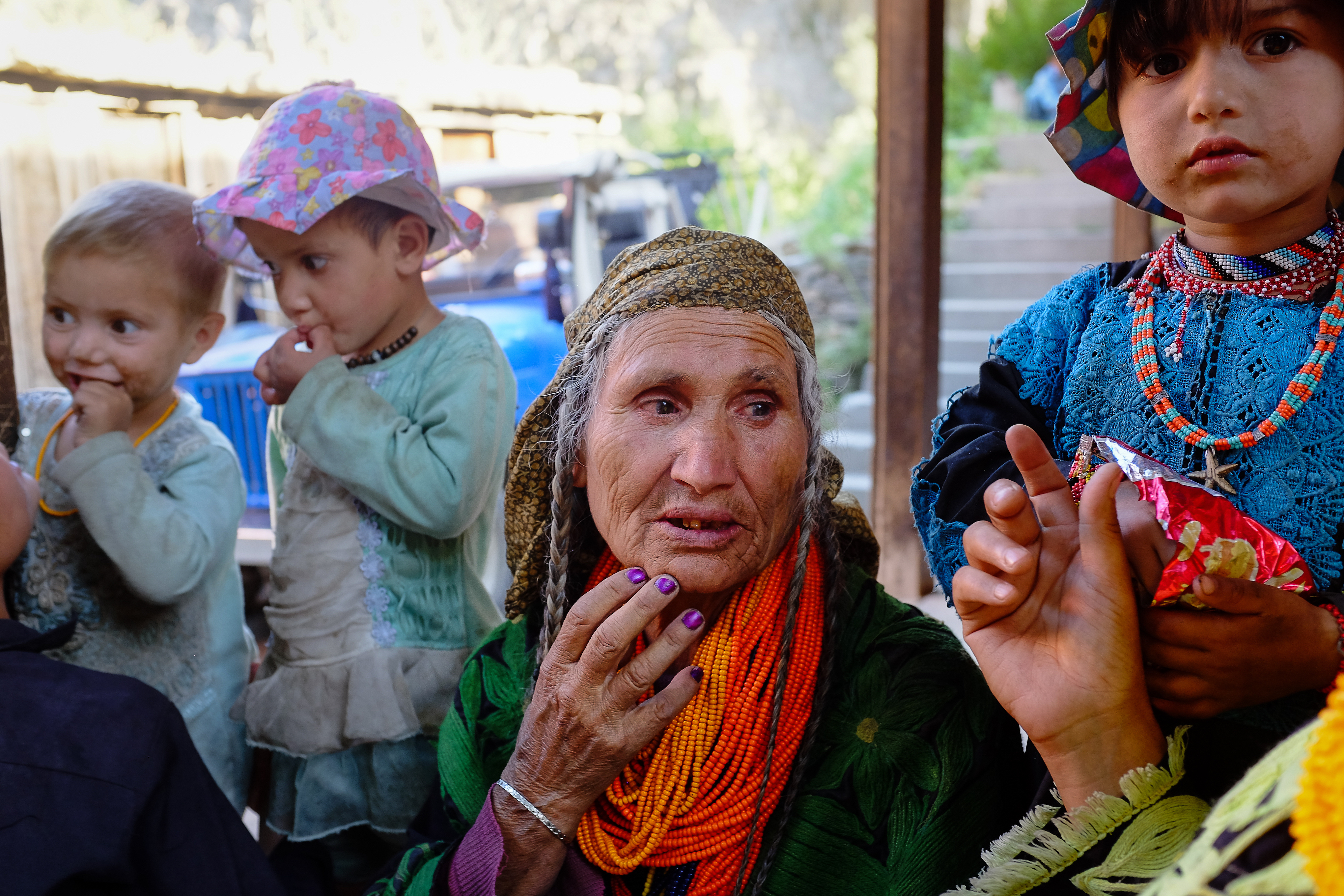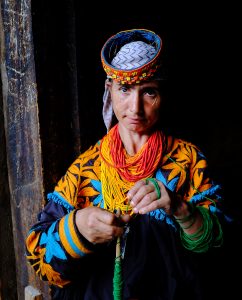.
For many of us, lockdown has played a hand in shaping our personal brands, for better or for worse. During our Big Pause, we discussed in previous posts how we might be able to use the time to revisit and reflect on our inner brands, including our values, passion, purpose, strengths and vision. But how has lockdown impacted our outer brands, in other words, how we convey ourselves to the outside world? Outer branding involves things like our personal style, communication style, personal impact and personal presence. And it matters because our outer brands often affect how others interact with us, the opportunities that come our way, and how we feel about ourselves.

Image: Shutterstock
For some of us, lockdown may have been an opportunity to learn to cook healthy meals, start a new exercise routine running in the park or with Zoom workouts, and experiment with outfit creations on Instagram. But for many of us, months of lockdown comfort eating, sporadic exercise, and not needing to give a toss about wardrobe seem to have derailed our outer brands. Facebook abounds with memes talking about Covid weight gain, extolling workout leggings or the humble PJ as all-day workwear. Even when we have a virtual meeting, we’ve embraced the fact that we only have to half dress for a Zoom meeting, and it’s a rare diamond who has freshy pressed dress trousers on! Not to mention the lack of face-to-face socialization that may have caused things like our communication style and social graces to go a bit rusty.
A dear friend of mine recently sent me an article that I thought highlighted the potential consequences this post-lockdown outer brand dilemma of ours. In the article, the author jests that coming out of lockdown feels as if she has forgotten how to dress, speak, or function as a socialised adult. Lockdown has “stripped away her outer trappings” and revealed a more “feral” self. Perhaps many of us can identify with that sentiment to an extent, and it’s probably not a bad thing to feel a bit more carefree after lockdown. Of course, losing control of your outer brand to the point of feeling like a hot mess (unless that’s what you’re going for) or a chimpanzee in a social experiment, probably isn’t a good thing for anyone’s brand. And if authenticity is always somewhere at the core of your brand, revitalizing it post-lockdown may take a little effort but probably won’t really feel very much like “work”.
Even if you haven’t hit the feral red zone yet, perhaps it’s still time to have a good post-lockdown stare in the mirror. What did we discover during lockdown about our outer brands, and what parts of #lockdownlazy can we incorporate into the post-lockdown outer brand to make it work for us?
I’ve interviewed two award-winning experts in outer branding, image coach and author Sue Donnelly and personal stylist Chantelle Znideric, about how to gain back control and revitalise our outer brands. Their advice can be applied to all genders.
What’s your advice on revisiting and revitalising your outer brand post lockdown?
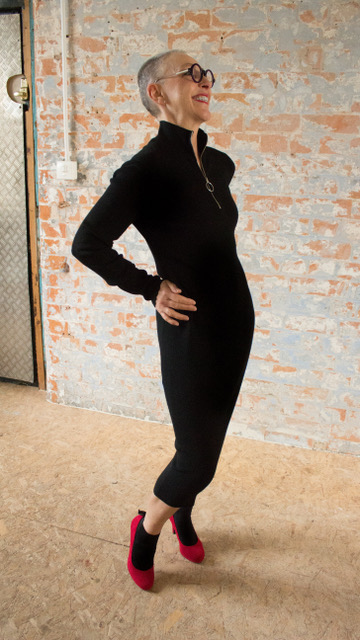
Sue Donnelly
Sue: Your brand, ideally, embodies four things: Personality, Passion, Principles and Purpose. The most important of these, when it comes to getting dressed, is the first – who you are, your essential self. This never changes, despite what goes on around you. When looking to outwardly represent your brand, you should think about innate values and beliefs. Embrace, accept and honour who you are and let your clothes reflect that.
Your clothes talk. They tell a story to those who see you. They also talk to the you, the wearer.
Choose clothes in fabrics, textures, colours, patterns that empower you to feel good, not just look good. Your outfit impacts on how you feel about yourself. That, in turn, can have a real impact on performance. If you are uncomfortable in what you wear, it will show up in other ways. Think about wearing new shoes and resulting blisters, or a skirt riding up your thighs when you sit, and you’ll see what I mean! If you dress to be someone else, it never works. Create an Identity Statement that describes who you are and what you represent. Ask for feedback. Do others see you as you see yourself? Is there a disconnect? What do you want to project? Is this in alignment with who you are, and what you are passionate about? Whatever you choose to wear, your mood will sink or rise to match it. Finding clothes that make you feel like you are ‘coming home’, whatever the occasion, is the key.

Chantelle Znideric
Chantelle: The first job is to try on everything in your wardrobe and check what fits! Sounds labour intensive and a bit of a faff but there’s no point revitalising your fave items if there is more work to be done to get back in pre-lockdown shape.
I guarantee this process will spark loving memories of life before lockdown, remembering where you wore these outfits, how you styled them and how they made you feel.
Start with the bottoms and begin curating adoring pieces that you can build upon. Consider how your work and social life has changed and assess how to style these pieces appropriately for your new norm, your personal brand priorities may have changed somewhat, which means a slight style pivot is required.
How would you integrate your favourite lockdown casual into this?
Sue: The word ‘casual’ means different things to different people. Some may see a shirt worn without a tie as casual, while others are thinking ‘sweats’. The key is to hone in on how wearing lockdown casual makes you feel. If it enables you to work well, then embrace it. It’s simple to upgrade to work appropriate for both women and men. A track pant in a luxurious fabric with a T-shirt and a blazer, teaming draw string trousers with a soft blouse, a midi dress with sneakers, a shirt and sweater with dark well-cut jeans, are just some ideas. If lockdown casual doesn’t fit with your work ethic, then don’t pursue it.
We are all different. Respect and honour that.
Chantelle: To be honest, I’m done with lockdown casual and I’ll be glad to see the back of it. The new norm brings an exciting change, yet still uncertain times and your new style should reflect this. Look to incorporate unique pieces with pizazz, that are agile and offer flexibility with that certain level of comfort you’ve been used to at home. Up your game in terms of quality, integrating luxe fabrics and sumptuous colours.
It may also be the right time to invest in those classic and timeless staple items, knowing they will last you a lifetime and you can wear them forever.
Is there now a place for thought-out casual instead of “lockdown lazy” casual?
Sue: This is subject to Personal Brand and the industry type. Many have strict dress codes, and must be adhered to. Creative industries embrace a more casual approach, and wearing a ‘power’ suit may not work in your favour. As home working increases, there may well be a shift towards casual wear.
The main point is that clothes are mood altering. When working, we need garments that elevate and lift, and that will be different for everyone.
Choose clothes with the intention of what you need to achieve on any given day. Take a few minutes to consider what that looks like before you get dressed. How you ultimately feel, will most certainly affect whether or not you succeed. The questions worth asking:
How am I feeling today?
What am I thinking?
Where am I going?
Who am I seeing?
What do I need?
What do I hope to achieve?
Chantelle: Thought-out casual is definitely my bag and ticks a lot of boxes. With less formal occasions and face to face meet ups in the diary, it is a great style challenge to have.
Making an effort to play up your casual look effortlessly, with ease and elegance, will soothe you into post-lockdown life.
My ‘go-to’ pieces to help me achieve this will be blazers and leather jackets teamed with joggers, maxi skirts and sneakers. Recently, I bought a fabulous leather jacket from Uterqüe and I can’t wait to style this one out!
Any thoughts around creating a wardrobe that is effortless (creating “ready to wear” outfits, etc)?
Sue: To have a capsule wardrobe, that mixes different pieces to create a variety of outfits, is most people’s dream. There are people who like to plan outfits in advance. There are others who are mood dressers, and will select on how they feel that day. Either way, having too many clothes can drive us into overwhelm. A wardrobe built around a couple of neutral colours, mainly plain fabrics, a couple of patterns using pops of different accent colours, more tops or shirts than bottoms and, for women, a couple of dresses is probably all you need. Ring the changes with accessories and shoes.
It takes the stress out of getting dressed each day, and that adds to our general sense of well-being.
Chantelle: We all have way too much stuff, and this has only been highlighted during lockdown – so many clothes, you literally can’t get round to wearing them all. Yup, I’m talking from experience. Create mini capsules within your wardrobe. Carefully select three very different bottoms and style them with six contrasting tops including t-shirts, shirts, sweatshirts and knitwear to create a number of new and exciting outfits.
Work out the key staples that fit you perfectly, whilst thinking about your brand qualities, and play to them every time, without fail. And repeat…
Finally, how would you go about integrating your zoom style (i.e., the upper half on camera) with your overall style in “the real world”?
Sue: Zoom dictates that we concentrate on the upper part of the body and face. It’s where the attention is drawn. This can be enhanced with great jewellery, necklines/collars, colours and patterns and of course, great grooming (regardless of gender). Whatever is going on underneath the desk needs to match this level of professionalism when away from the screen. There is no reason why attention shouldn’t remain focused upwards.
After all, we spend most of our time looking at someone’s face, but PJ bottoms aren’t really going to do us any favours!
Chantelle: I’ve been playing up those small, but important, and noticeable details on Zoom. For example, I’m not a lippy wearer, however I have bought a new lip colour to boost my skin tone and overall style on camera. I have also invested in accessories, earrings mostly, to compliment plainer tops and to add interest to my upper half.
It’s a fine balance of not looking like you’re trying too hard, however accentuating you and your individuality at the same time.
****************
About Sue Donnelley
Sue has a passion for fashion and style and is one of the most qualified consultants working in the image industry. She is known for pushing traditional boundaries to explore what really makes us feel ‘at home’ in our clothes. She combines mind, heart and intuition in her image training so facts are intertwined with emotional content. Her mantras are ‘Life evolves, style evolves’ and ‘One size does not fit al
You can find out more about Sue on her website www.suedonnelly.com, Facebook or Instagram.
 About Chantelle Znideric
About Chantelle Znideric
Chantelle helps clients feel both incredible and confident whilst achieving an effortlessly stylish wardrobe that works for their lifestyles. Her sole objective is to enhance her clients’ individuality and increase confidence by advising on flattering styles, wearable trends and exciting colour, texture and print combinations. Keeping an eye on minimising clothing waste is hugely important to Chantelle as well as ultimately achieving an exceptional outcome beyond her clients’ expectations.
You can find out more about Chantelle on her website personal-stylist.co.uk or follow her on Facebook, Pinterest or Instagram.




